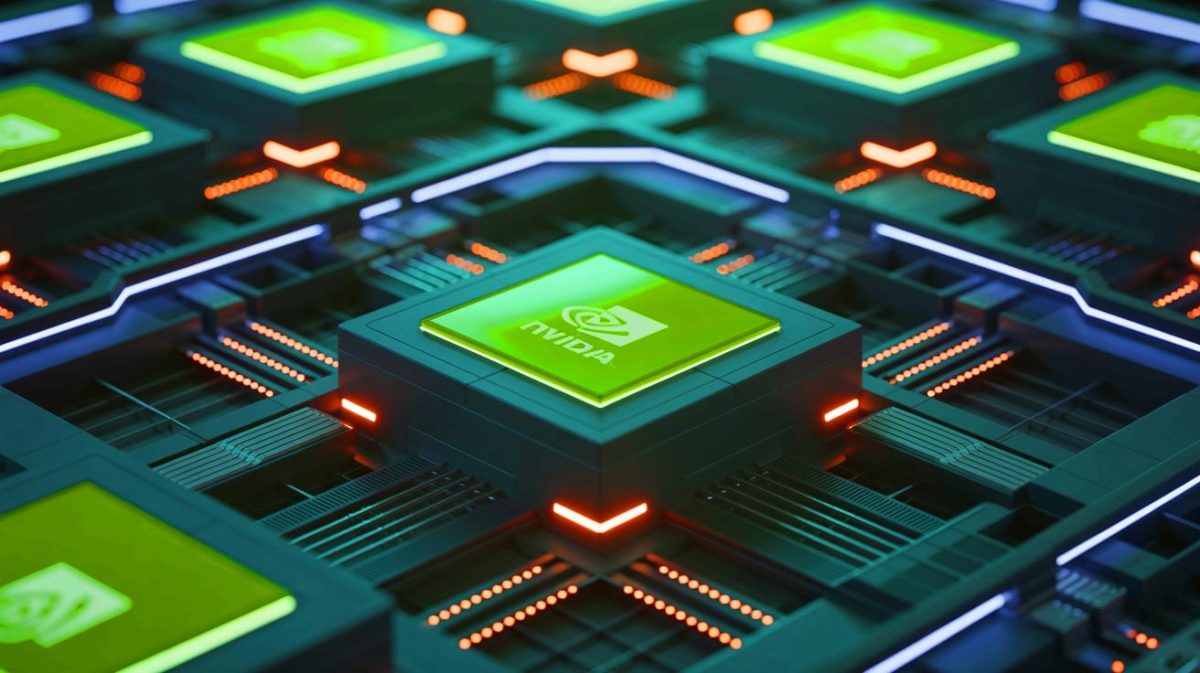| IN A NUTSHELL |
|
In the world of high-performance computing, the race for faster and more efficient supercomputers never stops. Germany’s JUPITER, housed at the Jülich Supercomputing Centre, has recently made headlines by becoming the fourth fastest supercomputer globally. This remarkable achievement underscores the collaborative efforts between institutions like Georgia Tech and the JSC. The JUPITER system is powered by an astonishing 24,000 NVIDIA superchips, showcasing the cutting-edge technology at play. As we delve into the intricacies of this supercomputer, we explore its capabilities, the groundbreaking research it facilitates, and the potential implications for various fields.
The MFC Project: A Paradigm Shift in Fluid Dynamics
The Multi-Component Flow Code (MFC) project is at the heart of JUPITER’s recent advancements, focusing on the behavior of droplets under high-velocity shockwaves. This complex problem has been a cornerstone in fluid dynamics research for decades, serving as a benchmark for scientific inquiry. Assistant Professor Spencer Bryngelson has been instrumental in this project, utilizing exclusive access through the JUPITER Research and Early Access Program (JUREAP). Such access has allowed for meticulous testing and refinement of the MFC on JUPITER’s robust platform.
By understanding how droplets deform and react to shockwaves, scientists can glean insights into broader applications, such as aerospace engineering and climate science. The project’s findings, including the transformation of droplets into pancake shapes and the formation of vortex rings, underscore the complexity of fluid dynamics at supersonic speeds. Bryngelson’s work not only advances scientific knowledge but also highlights the significant engineering value of these studies, paving the way for safer and more efficient technological applications.
Simulations: The Backbone of Technological Advancement
Simulations play a crucial role in modern engineering, offering a safe and cost-effective alternative to physical testing. In the realm of aerospace, understanding vorticity and its effects on high-Mach vessels is paramount. By leveraging JUPITER’s capabilities, the JUREAP project is able to simulate potential hazards, significantly reducing the risks associated with traditional testing methods. This approach not only enhances safety but also accelerates the development of cutting-edge technologies.
Moreover, the impact of simulations extends beyond engineering. In the medical field, simulations enable the design of less invasive shockwave treatments for conditions such as kidney stones and inflammation. The versatility of the MFC, capable of addressing both large and small-scale problems, makes it an ideal tool for early-stage testing of JUPITER. This adaptability ensures that the supercomputer can handle a wide range of applications, from medical advancements to next-generation aerospace systems.
NVIDIA’s Indispensable Contribution
NVIDIA’s hardware is a cornerstone of JUPITER’s performance, with the JUWELS Booster and JUPITER Exascale Transition Instrument (JETI) serving as key components. These instruments enable Bryngelson’s software to run with remarkable efficiency, outperforming other systems that utilize NVIDIA A100 GPUs. This success is attributed to the team’s familiarity with similar hardware at Georgia Tech, where they have access to the powerful Phoenix Cluster and NVIDIA’s latest GH200 Grace Hopper Superchips.
JUPITER’s configuration, featuring approximately 24,000 Grace Hopper Superchips, allows it to perform with unmatched energy efficiency, achieving over 60 billion operations per watt. This efficiency not only solidifies JUPITER’s position as Europe’s fastest supercomputer but also highlights the potential for sustainable computing solutions in the future. The collaborative efforts between Georgia Tech, NVIDIA, and the JSC exemplify the power of synergy in achieving technological milestones.
JUPITER’s Legacy and Future Prospects
While JUPITER currently holds the title of the fourth fastest supercomputer, it is also the most energy-efficient system among the top five globally. This achievement is a testament to the innovative spirit and technological prowess driving its development. As the supercomputing landscape continues to evolve, JUPITER’s success sets a benchmark for future endeavors, inspiring continued research and collaboration.
The ExaMFlow project, a collaboration between Georgia Tech and JSC researchers, further underscores the potential of exascale computing. By achieving one quintillion calculations per second, JUPITER and its peers are pushing the boundaries of what is possible, opening new avenues for scientific discovery and technological advancement. As we look to the future, the question remains: how will the next generation of supercomputers reshape our understanding of the world and propel us toward new frontiers?
Did you like it? 4.5/5 (28)







Wow, JUPITER sounds impressive! How long did it take to develop this supercomputer? 🤔
C’est incroyable que l’Allemagne soit à la pointe de la technologie informatique. Bravo !
With all these advancements, I wonder how soon it’ll be before JUPITER becomes the fastest?
Je me demande comment ils gèrent la consommation énergétique avec tant de superchips. 🤯
Impressive that they achieved this with 24,000 NVIDIA superchips. How much did it cost?